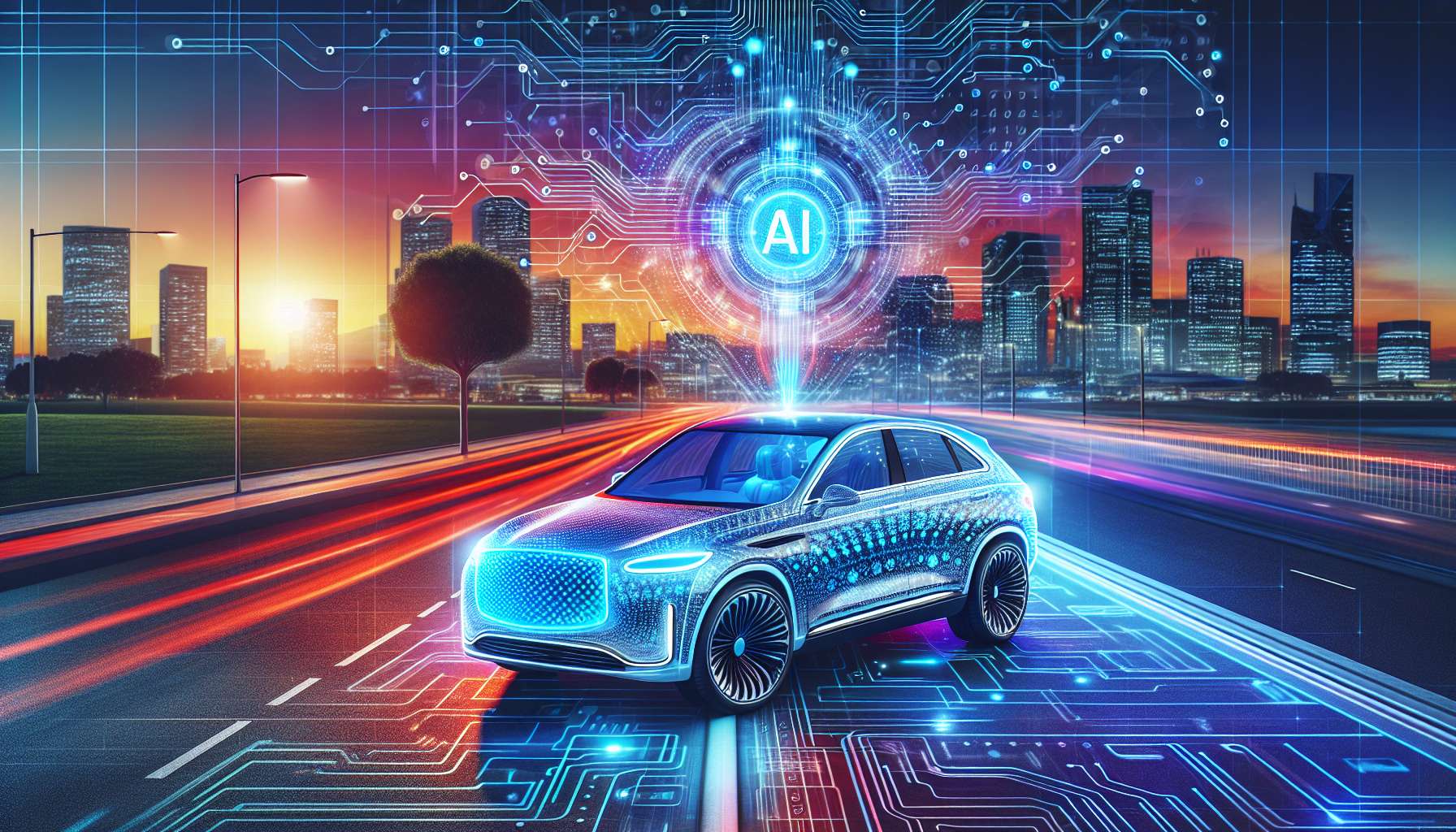Introduction
Autonomous vehicles, also known as self-driving cars, have been a topic of fascination and excitement for many years. The idea of cars that can navigate the roads without human intervention has captured the imagination of both technology enthusiasts and the general public. While the concept of self-driving cars may seem like science fiction, the reality is that they are becoming increasingly closer to becoming a common sight on our roads. One of the key technologies driving this revolution is artificial intelligence (AI).
The Role of AI in Autonomous Vehicles
AI plays a crucial role in enabling autonomous vehicles to navigate the roads safely and efficiently. Through the use of advanced algorithms and machine learning, AI systems can process vast amounts of data from sensors, cameras, and other sources to make real-time decisions about driving actions.
One of the key challenges in developing self-driving cars is the ability to perceive and understand the environment. AI algorithms can analyze sensor data to identify objects, such as other vehicles, pedestrians, and traffic signs, and make sense of their positions and movements. This allows the autonomous vehicle to anticipate and react to potential hazards on the road.
AI also enables autonomous vehicles to plan and execute driving actions. By considering factors such as traffic conditions, road rules, and the vehicle’s own capabilities, AI algorithms can determine the optimal path and speed for the car. This includes making decisions about lane changes, overtaking, and merging into traffic.
The Benefits of AI in Autonomous Vehicles
The integration of AI in autonomous vehicles brings numerous benefits to both individuals and society as a whole.
- Safety: AI systems can react faster than humans and are not prone to human errors, such as fatigue or distraction. This has the potential to significantly reduce the number of accidents on the road.
- Efficiency: AI algorithms can optimize driving routes and speeds, leading to smoother traffic flow and reduced congestion.
- Accessibility: Self-driving cars have the potential to provide mobility to individuals who are unable to drive, such as the elderly or disabled.
- Sustainability: Autonomous vehicles can be programmed to drive in a more fuel-efficient manner, reducing emissions and contributing to a greener environment.
Challenges and Future Outlook
While AI has made significant advancements in enabling autonomous vehicles, there are still challenges that need to be addressed before self-driving cars become a common sight on our roads.
One of the main challenges is ensuring the safety and reliability of AI systems. Autonomous vehicles must be able to handle unpredictable situations and make ethical decisions on the road. Additionally, there are concerns about cybersecurity and the potential for AI systems to be hacked or manipulated.
Regulatory and legal frameworks also need to be developed to govern the use of autonomous vehicles. Questions around liability in the event of accidents and the integration of self-driving cars into existing transportation systems need to be addressed.
Despite these challenges, the future of autonomous vehicles powered by AI looks promising. Major technology companies and automotive manufacturers are investing heavily in research and development, and governments around the world are recognizing the potential benefits of self-driving cars.
Conclusion
AI is revolutionizing the automotive industry, particularly in the development of autonomous vehicles. Through advanced algorithms and machine learning, AI enables self-driving cars to perceive, understand, and navigate the roads safely and efficiently. The integration of AI brings numerous benefits, including improved safety, efficiency, accessibility, and sustainability. While there are challenges to overcome, the future of autonomous vehicles looks promising, and we can expect to see more self-driving cars on our roads in the coming years.








